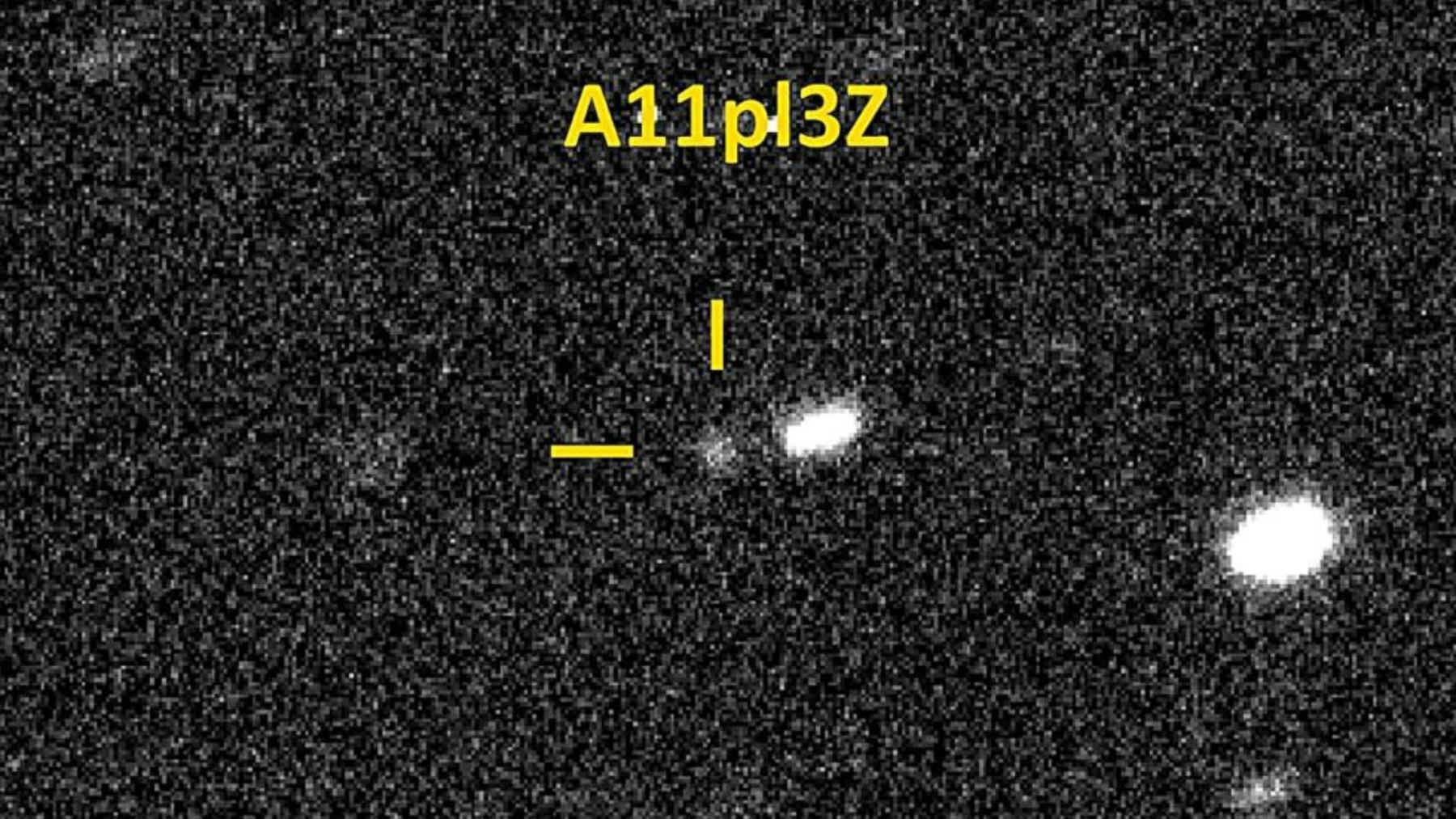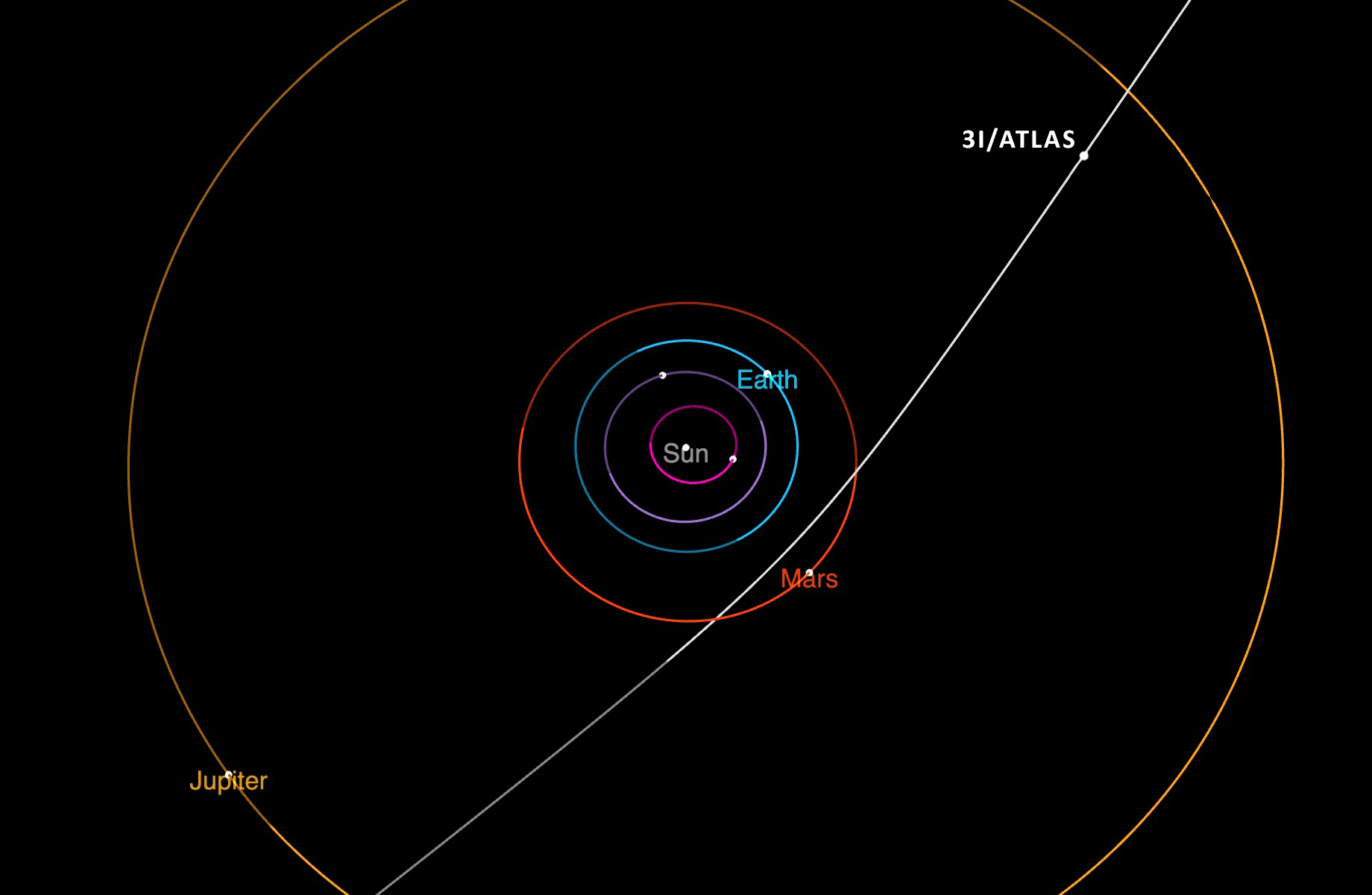Recent news from NASA has unveiled the discovery of an exciting and mysterious interstellar visitor named Comet 3I/ATLAS. The origins of this comet trace back to observations made by the ATLAS survey telescope in Rio Hurtado, Chile, and subsequent follow-up observations from telescopes worldwide. With its hyperbolic orbital path indicating it comes from outside our solar system, Comet 3I/ATLAS poses no threat to Earth, as it will safely pass by at a distance of approximately 1.8 astronomical units.
Comet 3I/ATLAS's journey into our solar system has sparked immense interest among astronomers globally. As the third known interstellar object, following 'Oumuamua and 2I/Borisov, this comet offers a rare opportunity to study and observe a celestial body from another star system. The icy nucleus and coma surrounding 3I/ATLAS classify it as a comet rather than an asteroid, and its rapid speed of over 137,000 miles per hour makes it a captivating subject for further research.
Astronomers have determined that Comet 3I/ATLAS likely originated in another star system and traveled through interstellar space before arriving in our solar system. Its path aligns with the direction of the constellation Sagittarius, suggesting a long journey spanning millions or even billions of years. Despite its fast trajectory and hyperbolic orbit, which will eventually take it back into interstellar space, 3I/ATLAS remains visible to ground-based telescopes until it passes too close to the Sun.
Tracking the comet's movement, astronomers predict that Comet 3I/ATLAS will reach its closest point to the Sun in late October 2025, just inside the orbit of Mars. Detailed observations will continue until early December when the comet reemerges on the opposite side of the Sun, allowing for renewed studies. This unique interstellar comet presents an exciting opportunity for astronomers to delve deeper into understanding the composition and behavior of objects from beyond our solar system.
Moreover, the discovery of Comet 3I/ATLAS highlights the ongoing exploration of our cosmic neighborhood and underscores the potential for uncovering more interstellar objects in the future. The involvement of advanced telescope facilities and international collaborations showcases the dedication of the scientific community to unraveling the mysteries of the universe through these remarkable celestial encounters.
As Comet 3I/ATLAS makes its transient passage through the solar system, astronomers are eager to seize the opportunity to study this interstellar visitor before it embarks on its solitary journey back into the vastness of space. The interstellar nature of Comet 3I/ATLAS opens up a world of possibilities for scientific discovery and deepening our understanding of the cosmic phenomena that shape our galactic surroundings.


